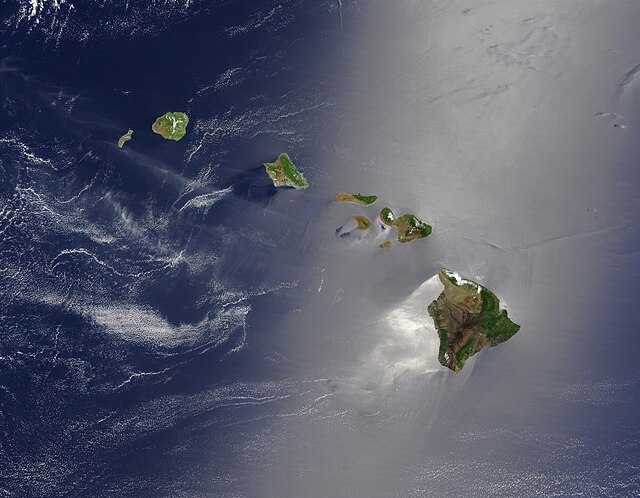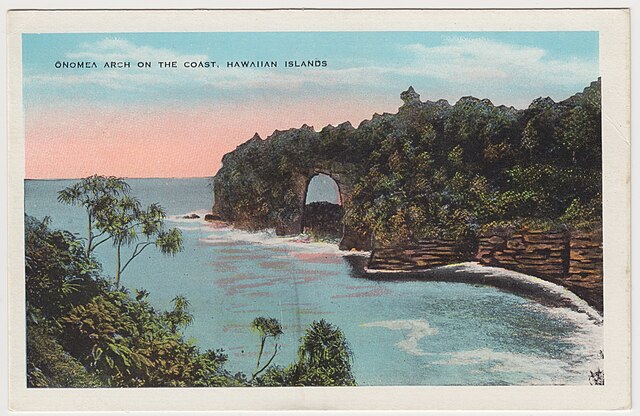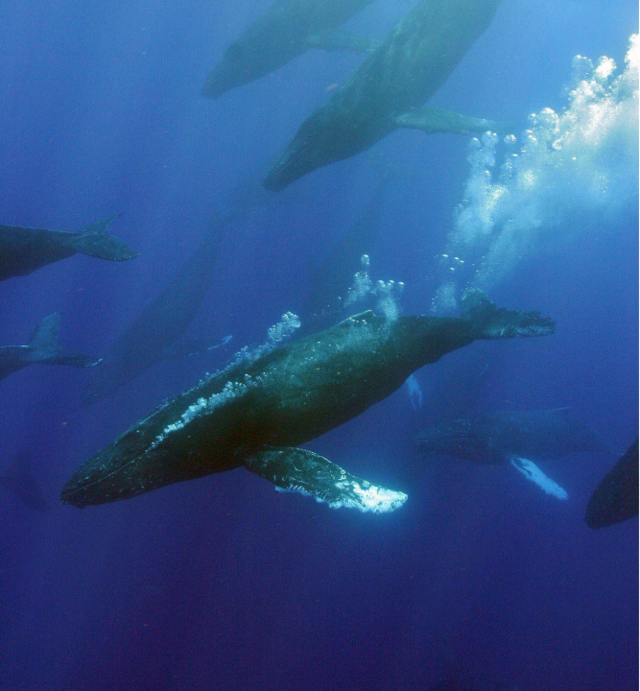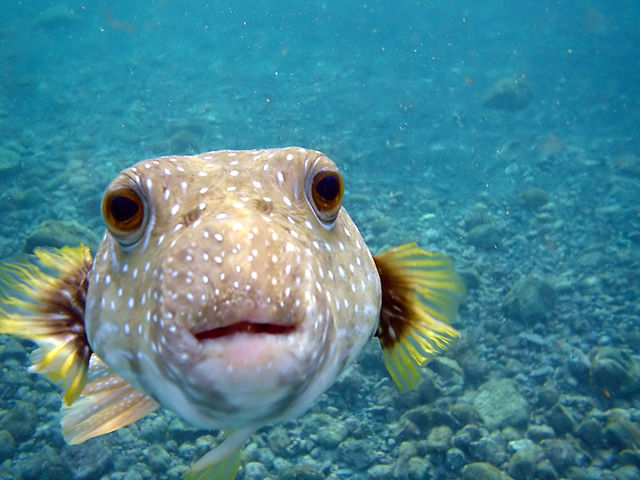Picture this: you’re standing on a pristine beach, warm sand between your toes, crystal-clear turquoise water stretching endlessly before you, and a gentle tropical breeze carrying the sweet scent of plumeria flowers. Welcome to the Hawaiian Islands – where dreams become reality and paradise isn’t just a word, it’s your temporary address.
What Makes the Hawaiian Islands So Special?
Have you ever wondered why Hawaii tops nearly everyone’s bucket list? It’s not just the postcard-perfect beaches (though they certainly don’t hurt). The Hawaiian Islands offer something truly magical – a unique blend of stunning natural beauty, rich cultural heritage, and that indefinable spirit of “aloha” that makes every visitor feel like family.
Located smack dab in the middle of the Pacific Ocean, about 2,400 miles from the U.S. mainland, Hawaii is the world’s most isolated populated landmass. This isolation has created something extraordinary: a chain of volcanic islands that house some of the planet’s most diverse ecosystems, from tropical rainforests to active volcanoes, and from snow-capped mountains to coral reefs teeming with life.
But here’s what really sets Hawaii apart – it’s not just a destination, it’s a feeling. The moment you step off that plane and feel the warm, humid air embrace you like an old friend’s hug, you’ll understand why Mark Twain called Hawaii “the loveliest fleet of islands that lies anchored in any ocean.”
The Big Eight: Meet Hawaii’s Main Islands

While Hawaii technically consists of 137 islands, islets, and atolls, most visitors focus on the eight main islands. Think of them as siblings in a family – each with their own personality, quirks, and special talents. Let’s meet the crew!
Oahu: The Heart of Hawaii
Oahu isn’t called “The Gathering Place” for nothing. Home to about 70% of Hawaii’s population and the state capital Honolulu, Oahu perfectly balances urban sophistication with natural beauty. It’s like having your cake and eating it too – you get world-class shopping, dining, and nightlife, plus some of the most famous beaches on earth.
Honolulu and Waikiki Beach
If Hawaii had a greatest hits album, Waikiki Beach would definitely be track one. This iconic stretch of sand has been welcoming visitors since the 1800s, and it’s still the perfect place to dip your toes into Hawaiian culture. The beach offers gentle waves perfect for beginner surfers, while the backdrop of Diamond Head crater provides that quintessential Hawaii photo opportunity.
But Honolulu is more than just Waikiki. Downtown Honolulu buzzes with the energy of a modern American city, complete with impressive skyscrapers, cultural venues like the Bishop Museum, and the only royal palace on American soil – Iolani Palace.
Pearl Harbor: A Place of Remembrance
No visit to Oahu is complete without paying respects at Pearl Harbor. This historic site serves as a powerful reminder of December 7, 1941, “a date which will live in infamy.” The USS Arizona Memorial, floating above the sunken battleship, offers a moving experience that connects visitors to one of America’s most pivotal moments.
Maui: The Valley Isle
Maui strikes the perfect balance between adventure and relaxation. It’s sophisticated enough for honeymooners seeking luxury resorts, yet wild enough for thrill-seekers wanting to explore untamed landscapes. If Oahu is Hawaii’s social butterfly, Maui is its charming, well-traveled cousin who always has the best stories.
Haleakala National Park
Ever wanted to watch the sunrise from above the clouds? Haleakala Crater makes it possible. This massive volcanic crater, sitting 10,023 feet above sea level, offers one of the world’s most spectacular sunrise experiences. The drive up takes you through multiple climate zones – you’ll start in tropical warmth and end up needing a jacket in the alpine desert.
The crater itself resembles an alien landscape, with colorful cinder cones scattered across a moonlike surface. It’s so otherworldly that NASA actually used it to train Apollo astronauts!
Road to Hana Adventure
The Road to Hana isn’t just a drive – it’s a pilgrimage. This winding, 64-mile road features 620 curves and 59 bridges, leading you through lush rainforests, past cascading waterfalls, and along dramatic coastal cliffs. The journey is definitely the destination here, with each twist revealing new wonders like the black sand beach at Waianapanapa State Park or the famous Twin Falls.
Hawaii (Big Island): Land of Fire and Ice

The Big Island lives up to its name – it’s twice the size of all other Hawaiian islands combined and still growing thanks to active volcanoes. This island is like nature’s laboratory, where you can witness the earth creating itself in real-time.
Kilauea Volcano: Nature’s Fireworks
Kilauea is one of the world’s most active volcanoes, and it puts on quite a show. Hawaii Volcanoes National Park lets you get up close (but safely!) to this geological wonder. You might see glowing lava flows, steam vents that look like natural saunas, or the otherworldly landscape of hardened lava fields.
The park offers something for everyone – easy walks to scenic overlooks, challenging hikes across lava tubes, and even the chance to see where lava meets the ocean in a spectacular display of steam and fury.
Mauna Kea: Stargazing Paradise
Here’s something mind-blowing: you can ski and stargaze on the same island where you snorkeled earlier that day. Mauna Kea, standing at 13,803 feet, sometimes gets snow in winter. But it’s most famous for hosting some of the world’s most advanced telescopes.
The summit offers incredibly clear skies – perfect for stargazing. On a clear night, you can see the Milky Way so clearly it looks like someone spilled glitter across the sky.
Kauai: The Garden Isle
Kauai is Hawaii’s emerald jewel, where Mother Nature went absolutely wild with her green paint brush. This island receives more rainfall than its siblings, creating lush landscapes that have served as backdrops for countless Hollywood movies, from “Jurassic Park” to “Pirates of the Caribbean.”
The Na Pali Coast, with its fluted cliffs and hidden beaches, looks like something out of a fantasy novel. You can explore it by helicopter, boat, or if you’re feeling adventurous, by hiking the challenging Kalalau Trail.
Molokai and Lanai: Hidden Gems
These smaller islands offer a glimpse into old Hawaii. Molokai, known as the “Friendly Isle,” has the world’s highest sea cliffs and maintains a slower, more traditional pace of life. Lanai, once the world’s largest pineapple plantation, now offers luxury resorts and pristine beaches with hardly any crowds.
Hawaiian Culture: More Than Just Aloha

Ancient Polynesian Roots
Hawaiian culture runs deeper than grass skirts and luaus (though we love those too!). The first Polynesians arrived in Hawaii around 300-1000 AD, navigating thousands of miles of open ocean using only the stars, currents, and wildlife as their GPS. These master seafarers brought with them a rich culture that emphasized harmony with nature, respect for elders, and the concept of ohana (family).
Modern Hawaiian Traditions
Today’s Hawaiian culture beautifully blends ancient Polynesian traditions with influences from the diverse groups who have made Hawaii home – including Asian, Portuguese, and mainland American cultures. This fusion creates something uniquely Hawaiian, like plate lunch (a local favorite mixing rice, macaroni salad, and an entrée), or the way locals might throw a shaka sign while listening to traditional Hawaiian music.
When Should You Visit Hawaii?
Weather and Seasons
Here’s Hawaii’s secret weapon: the weather is fantastic year-round. Temperatures typically range from the mid-70s to mid-80s Fahrenheit, with trade winds keeping things comfortable. Hawaii basically has two seasons – summer (May to October) and winter (November to April), but the difference is subtle.
Peak Tourist Times
Summer months and winter holidays see the biggest crowds and highest prices. If you’re looking for a deal and don’t mind occasional rain showers, shoulder seasons (April-May and September-October) offer the best value. Spring is particularly lovely, with fewer crowds and everything in bloom.
Planning Your Hawaiian Adventure
Island Hopping vs. Single Island Stay
This is the million-dollar question! Island hopping lets you experience different personalities – maybe start with Oahu’s energy, then unwind on Maui’s beaches, and finish with Big Island’s adventures. However, single-island stays let you really settle in and discover hidden gems that hurried tourists miss.
Think of it this way: island hopping is like speed dating Hawaii’s islands, while single-island stays are like falling in love with one.
Budget Considerations
Let’s be honest – Hawaii isn’t cheap. But with smart planning, you can experience paradise without breaking the bank. Consider vacation rentals over hotels, shop at local markets instead of resort stores, and mix expensive activities with free ones like hiking and beach days.
What to Do in Hawaii

Water Activities
The ocean is Hawaii’s playground. Snorkeling at Hanauma Bay reveals underwater gardens of tropical fish. Surfing lessons at Waikiki turn novices into wave riders. Whale watching (December through April) offers encounters with humpback whales who travel 3,000 miles to give birth in Hawaiian waters.
Land Adventures
From hiking to active volcanoes to exploring bamboo forests, Hawaii’s land adventures are equally spectacular. Each island offers unique experiences – whether it’s the challenging Kalalau Trail on Kauai or the otherworldly landscapes of Haleakala on Maui.
Hawaiian Food: A Melting Pot of Flavors
Hawaiian cuisine is like the islands themselves – a beautiful fusion of different cultures. Traditional dishes like poi (made from taro root) and kalua pig (slow-cooked in an underground oven) mix with Asian influences like spam musubi and malasadas (Portuguese donuts). Don’t leave without trying poke, shave ice, and a proper plate lunch!
Getting Around the Islands
Most visitors rent cars to explore at their own pace, but each island offers different transportation options. Oahu has public buses and ride-sharing services, while smaller islands might require more planning. Inter-island flights are quick (usually 20-45 minutes) and relatively affordable.
Conclusion
The Hawaiian Islands aren’t just a vacation destination – they’re a reminder of what paradise looks like. Whether you’re seeking adventure on volcanic landscapes, relaxation on pristine beaches, or cultural enrichment through ancient Polynesian traditions, Hawaii delivers experiences that will stay with you long after your tan fades.
Each island offers its own special magic, from Oahu’s vibrant energy to Kauai’s pristine wilderness. The beauty of Hawaii lies not just in its stunning landscapes, but in its spirit of aloha – that genuine warmth and welcome that makes every visitor feel like they belong.
So pack your sense of adventure, leave your worries on the mainland, and prepare to discover why Hawaii captures hearts and never lets go. After all, there’s a reason they say “Hawaii is not a state of mind, but a state of grace.”
Frequently Asked Questions
Q: How many days do I need to properly explore the Hawaiian Islands? A: For a single island, 5-7 days gives you a good taste without feeling rushed. If you want to island hop, plan at least 3-4 days per island. Most first-time visitors find 7-10 days perfect for experiencing 1-2 islands thoroughly.
Q: What’s the best island for first-time visitors to Hawaii? A: Oahu is often recommended for first-timers because it offers the perfect introduction to Hawaiian culture, has the most activities and dining options, and provides easy access to iconic spots like Waikiki and Pearl Harbor. However, if you prefer a quieter experience, Maui is an excellent alternative.
Q: Is it possible to visit Hawaii on a budget? A: Absolutely! Stay in vacation rentals or hostels, cook some of your own meals, take advantage of free activities like hiking and beach days, and visit during shoulder seasons. Many of Hawaii’s best experiences – like watching sunsets and exploring beaches – are completely free.
Q: What should I pack for a trip to Hawaii? A: Pack light, breathable clothing, reef-safe sunscreen, a reusable water bottle, comfortable walking shoes, and a light jacket for higher elevations or air-conditioned spaces. Don’t forget your camera – you’ll want to capture every moment! Most other items can be purchased locally if needed.
Q: When is the best time to see whales in Hawaii? A: Humpback whale season runs from December through April, with peak viewing from January to March. These majestic creatures migrate from Alaska to Hawaii’s warm waters to give birth and care for their young. Maui, with its Auau Channel between islands, offers some of the best whale watching opportunities in the world.

